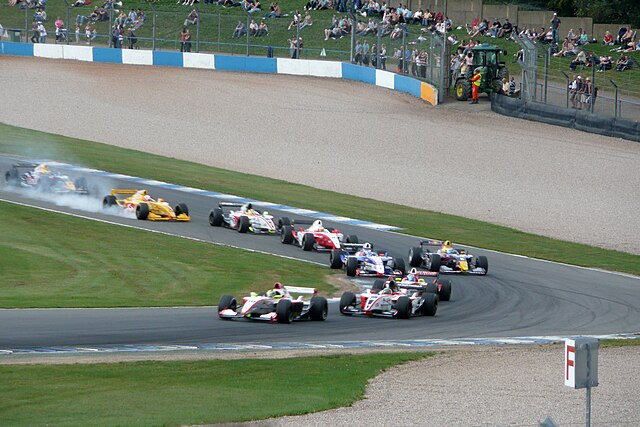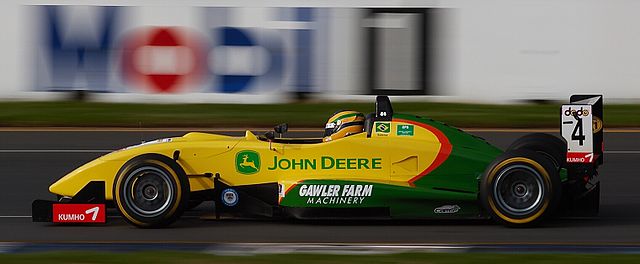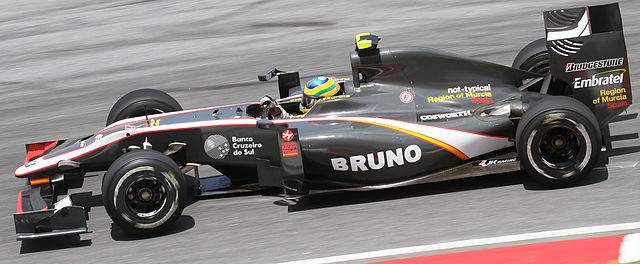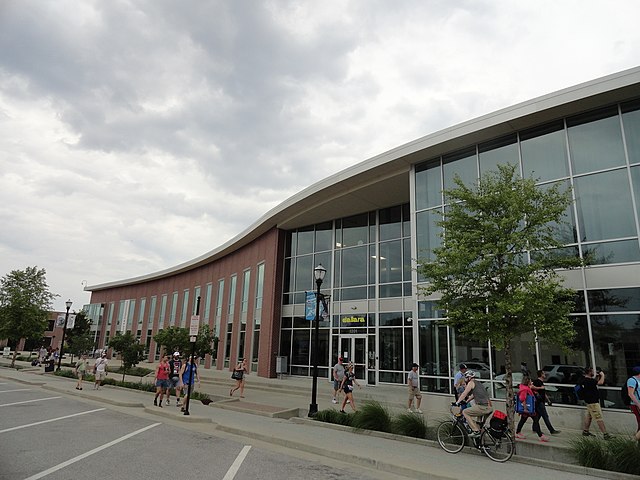World Series Formula V8 3.5
Videos
Page
The World Series Formula V8 3.5, formerly the World Series by Nissan from 1998 to 2004, the Formula Renault 3.5 Series from 2005 to 2015 and the Formula V8 3.5 in 2016 and 2017, was a motor racing series promoted by RPM Racing (1998–2004) and Renault Sport (2005–2015).

Formula Renault 3.5 Series at Donington Park in 2007.
Dallara
Videos
Page
Dallara Group S.r.l. is the largest multi-national Italian race car manufacturer, founded by its current President, Giampaolo Dallara. After working for Ferrari, Maserati, Lamborghini and De Tomaso, in 1972 in his native village of Varano de' Melegari (Parma), he created Dallara Automobili.

Bruno Senna drives a Dallara F304 Formula Three car during a support race at the 2006 Australian Grand Prix

A Dallara 191 Formula One car from the 1991 season.

The Dallara-designed Hispania F110 chassis being driven by Bruno Senna before the 2010 Malaysian Grand Prix.

Dallara IndyCar Factory near the Indianapolis Motor Speedway